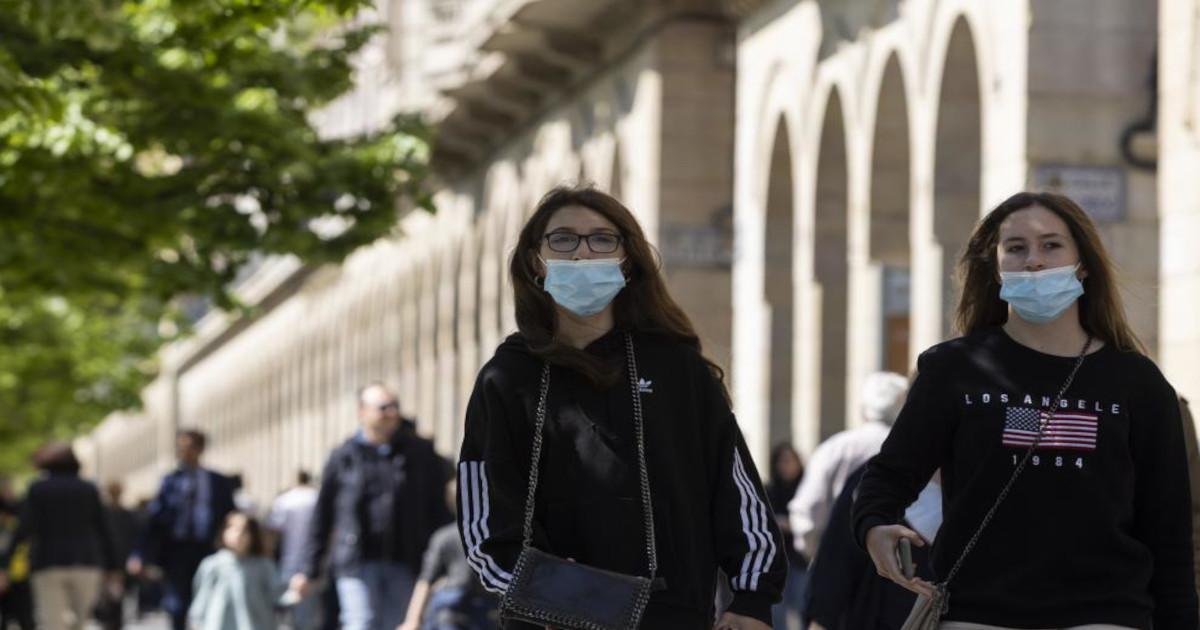The sublineages of omicron variant that dominate the contagions of the current panorama in Spain have changed the characteristics of the virus, to which the mutations of its own versions imply modifications in the symptomatological picture, expansion capacity or duration of the contagion, among other factors. BA.4 and BA.5 are the majority omicron ranges in the infections that spread throughout our country. Variants to which ‘Centaurs’ is added, with new mutations in the spike protein of SARS-CoV-2, which is already expanding through 13 countries, and which could affect the immunizing wall of vaccines and antibodies for past diseases.
According to the latest data provided by the Ministry of Health, the total number of infections in Spain since the pandemic started reaches 13,090,476, with 57,635 new ones according to the last count. Also, hospital pressure in intensive care stands at 5.88%. All this in a context where the third dose vaccination continues to advance and 53.8% of Spaniards have already administered the additional dose against coronavirus. The vaccine has resulted in an immunization of the population that has reduced the severity of the disease and minimized symptoms and duration, which has changed with the new variants.
The time frame that the virus lasts in a person’s body depends on viral load levels. According to Center for Disease Control and Prevention (CDC) of the United States, this begins the escalation two days before the symptoms appear and progressively reduces within 48 to 72 hours after first symptoms. In this sense, it is during these dates; that is, during the first week after infection, when the person who has acquired the virus is most contagious. A condition that has multiplied with ómicron and that could be up to seven times more intense with ‘Centaurus’, according to the first analyzes -still without sufficient scientific evidence-.
On the other hand, studies by the UK health agency establish several phases in the contagiousness rate of an infected person: 31% of those infected continue to be contagious after five days with symptoms; 16% at seven days and only 5% at ten days. Thus, the duration of the disease is currently, according to scientific analysis, set at about seven days. In Spain, there are ten days in which an infected person must take the maximum precautions since it turns out to be positive. The rhythm of the disease is also marked by the duration of the symptoms, which depend on the immunization status, previous pathologies, age, among other factors.
With omicron and its subvariants, the most frequent symptoms suffered by the population, according to an analysis of French health, are extreme fatigue (75.7% of cases) and fever (58.3%)although others such as cough, congestion, sore throat, headache, sore throat, sneezing or lack of appetite, which last between two and five days.
More information about the coronavirus and other health tips.
–


